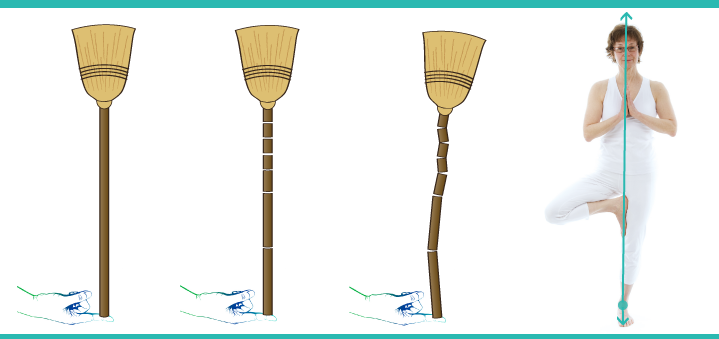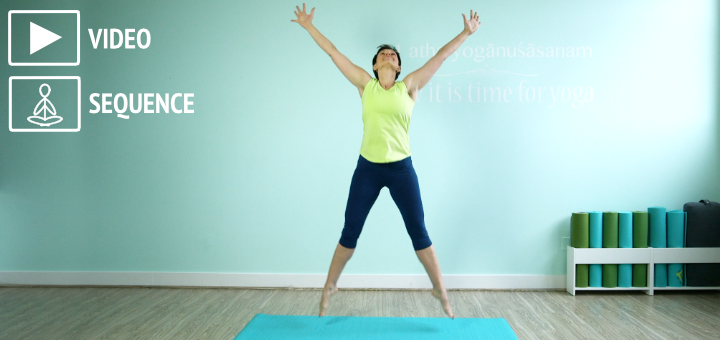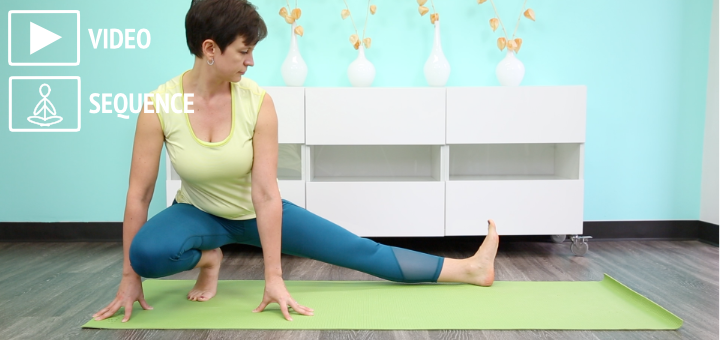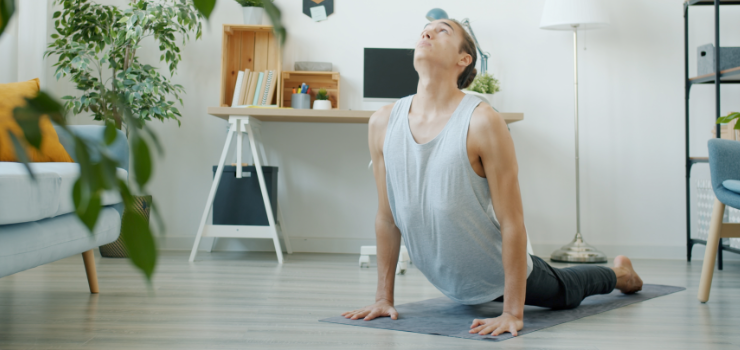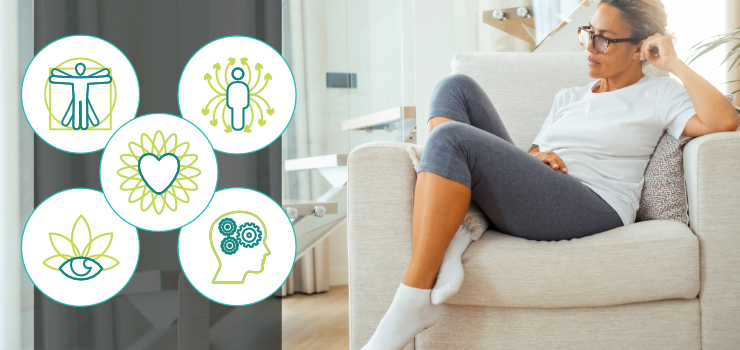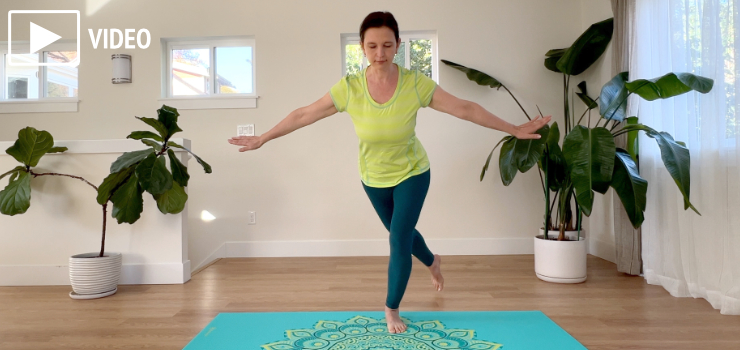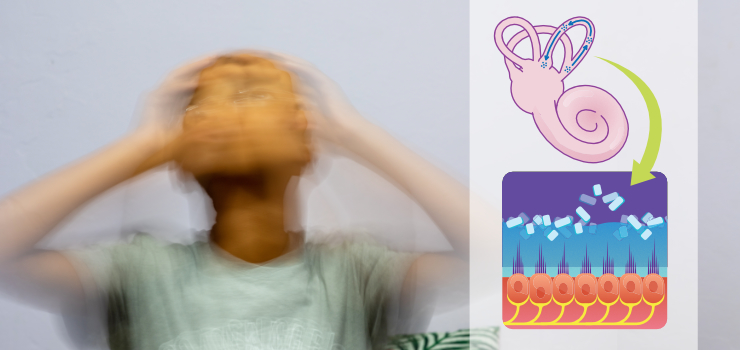Why your hips hurt and what you can do about it
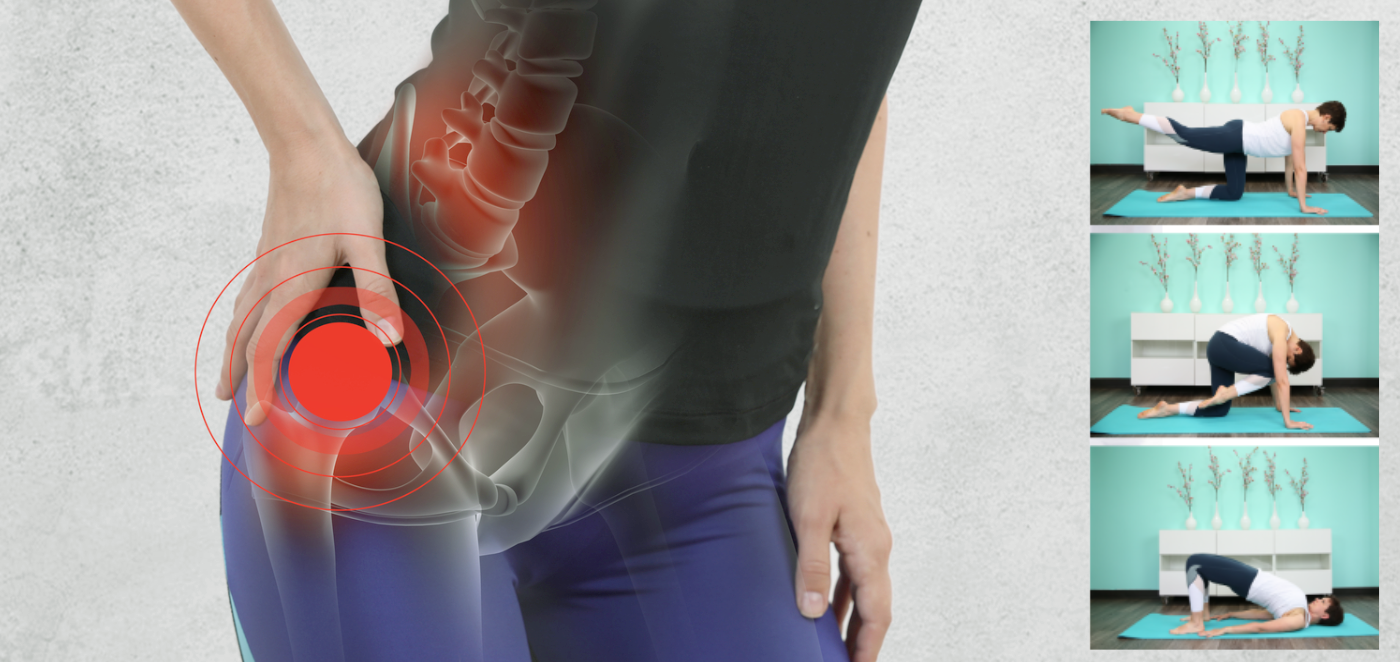
When your hips are hurting, you cannot walk comfortably, cannot sleep, cannot sit, cannot stand, which takes a huge toll on your body, your quality of life and your mental state. Simply put, it causes physical and mental suffering. Yet, according to the Yoga Sutras, “Unnecessary suffering must be avoided.” While some hip issues are due to degenerative changes or injury, a lot of times, those problems arise simply from hip underuse, overuse, or abuse. By working with our hips strategically and consistently we can reduce discomfort symptoms and prevent many problems from happening in the first place. In short, we can relieve that unnecessary suffering – and what’s more yogic than that?!
When our hips feel stiff, stretching them out seems like a good idea, but this is generally not the best course of action. Usually, your hips feel stiff or painful for one of three reasons:
- Underuse (Ex. Sitting too much)
- Overuse (Ex. Strenuous hike)
- Improper use (Ex. Carrying baby on one hip)
If the hips are underused, it means that the muscles get weakened and have trouble maintaining the muscle tone – stretching the weakened muscle is not the best idea. A much better solution here is to strengthen it by contracting.
If the hips are overused, it means that there are microscopic tears in the muscle fibers that your body is trying to repair. The nerves within the muscles perceive this state as abnormal and send messages of pain to your brain. The best way to restore the muscles to a normal state is gentle movement that helps reduce the swelling. Stretching the injured muscles that are trying to heal is not the best way to approach it.
When the hips feel sore from improper use, it means that the balance between the different muscles is disturbed, so we need to take a closer look at muscle relationships and work on restoring balance between them. Stretching might be part of it, but overstretching certainly shouldn’t be.
In fact, looking at muscle relationships is an essential part of working with underused, overused, or improperly used hips. Whatever the reason for hip pain, it is almost always accompanied by chronic muscle contraction somewhere in the hips and imbalanced muscle development.
In our 6-week yoga series, Yoga for Hip Tension and Butt Discomfort, we aim to relieve chronic contraction and increase stability in the musculature that supports the hips. The practices in this series work with relationships between different muscles rather than one particular area and also introduce some foundational yogic ideas like connecting breath and movement, differentiating between pain and sensation, moving from the center out to the periphery, and so on. The practices in this series gradually build on top of one another, starting with very simple movements that are accessible to most students and progressing toward a final fully balanced yoga practice for the hips that is a bit more challenging. The length of practices also gradually increases from 20 to 60 minutes. Check out a quick overview of the series.
This Yoga Series for Butt Discomfort and Hip Tension is for you if you:
1. Experience a nagging discomfort in the middle, on the side, or at the bottom of your buttock
2. Sit or drive a lot and do other recurring activities that leave your hips achy and stiff
3. Want to keep your hips strong and balanced by working with all the muscles that support the hip joints methodically and systematically
4. Want to get more ideas on how to work with the hips in your yoga classes and private sessions in a way that’s accessible to most students.
In this series, you will get six video practices with printouts of all practice sequences, plus a short bonus practice. Because the hips are weight-bearing joints in your body, the main purpose of this series is to create strength and stability in your hips, so there will be very few “stretchy” movements. Stretching can be counterproductive when we are dealing with chronic muscle contraction, as it can interfere with injury healing and destabilize the joints. Instead, we focus on contracting the structures around the injured areas to increase blood flow, facilitate healing, and develop stability.
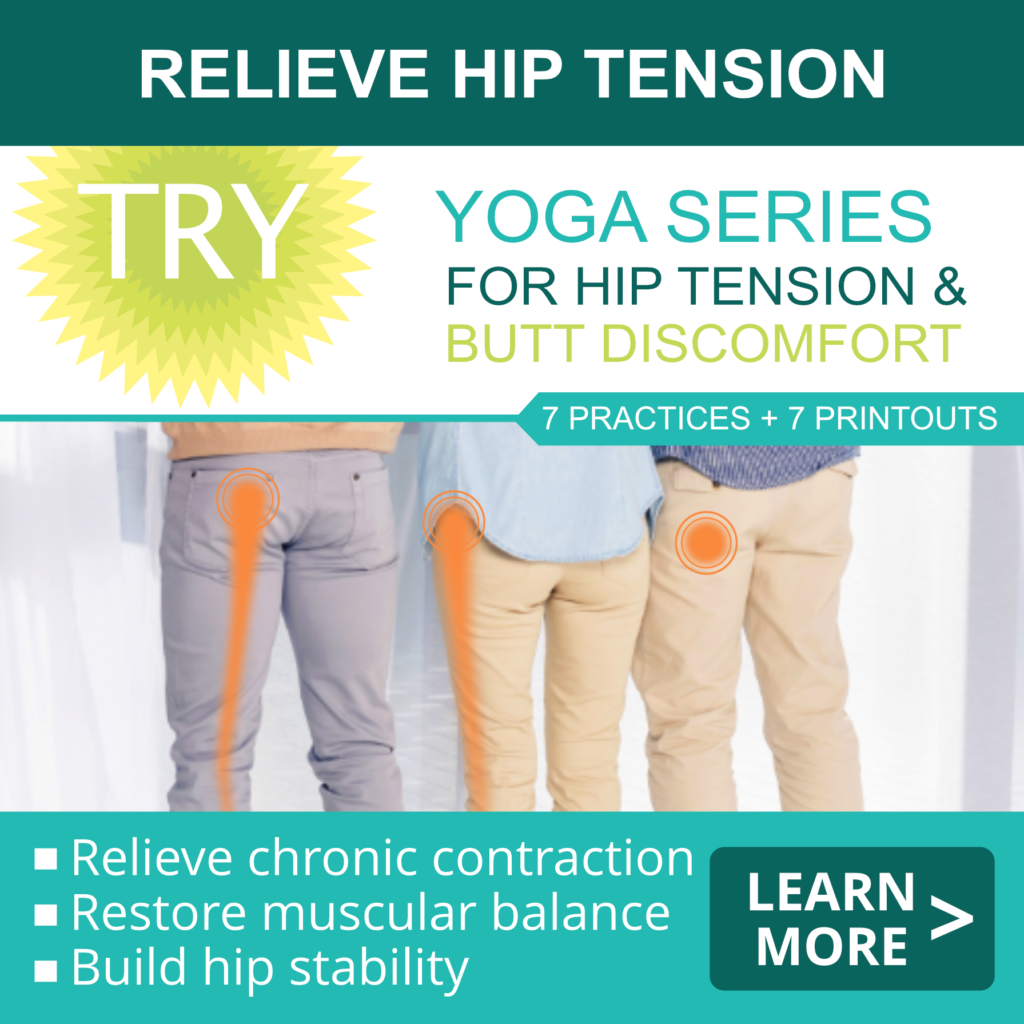
In this series, we focus on releasing chronic muscle contraction and restoring balanced relationships between different muscles that move and support the hips.

